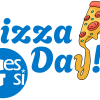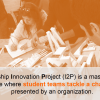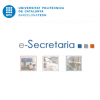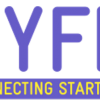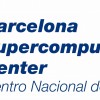-
Studies
-
Masters
- Do you want to study a Master Degree?
- Master in Informatics Engineering
- Master in Informatics Engineering - Industrial Modality
- Master in Innovation and Research in Informatics
- Master in Artificial Intelligence
- Master in Cybersecurity
- Master in Data Science
- Erasmus Mundus Master in Big Data Management and Analytics
- Master in Urban Mobility
- EUMaster4HPC
- Other Masters
-
Masters
-
Mobility
- Research
- Companies
-
The FIB
- Studies
- Bachelor's degrees
- Masters
- Do you want to study a Master Degree?
- Master in Informatics Engineering
- Master in Informatics Engineering - Industrial Modality
- Master in Innovation and Research in Informatics
- Master in Artificial Intelligence
- Master in Cybersecurity
- Master in Data Science
- Erasmus Mundus Master in Big Data Management and Analytics
- Master in Urban Mobility
- EUMaster4HPC
- Other Masters
- Academic Management
- Grants and Financial Aid
- Mobility
- Research
- Companies
- The FIB
Last days to register to the PATC courses scheduled in March and beginning of April. Don't miss the chance!
Wednesday 18 March 2020
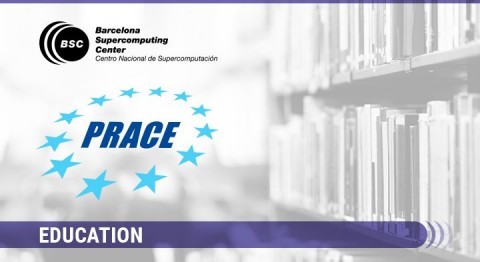
- ATC: Performance Analysis and Tools (2-3 March 2020)
- The objective of this course is to learn how /Paraver /and/Dimemas /tools can be used to analyze the performance of parallel applications and to familiarize with the tools usage as well as instrumenting applications.
- Place: Campus Nord, Vertex Building, Room VS208
- PATC: Heterogeneous Programming on GPUs with MPI & OmpSs (4-5 March 2020)
- The tutorial will motivate the audience on the need for portable, efficient programming models that put less pressure on program developers while still getting good performance for clusters and clusters with GPUs.
- Place: Campus Nord, Vertex Building, Room VS208
- PATC: Heterogeneous Programming on FPGAs with OmpSs@FPGA (6 March 2020)
- This tutorial will introduce the audience to the BSC tools for heterogenous programming on FPGA devices. It describes OmpSs@FPGA, as a productive programming environment for compute systems with FPGAs.
- Place: Campus Nord, C6 Building, Room E106
- PATC: Introduction to Simulation Environments for Life Sciences (11-12 March 2020)
- The course will make the attendants familiar with simulation technologies used in Life Sciences and their specific adaptation to HPC environment.
- Place: Campus Nord, Vertex Building, Room VS208
- PATC Systems Workshop: Petaflop System Administration; Marenostrum 4 (18-19 March 2020)
- The objective of this course is to explain the different components of MareNostrum 4 and to understand the design decisions taken. We also analyze how the system administration is taken in this Petaflop system.
- Place: Campus Nord, Vertex Building, Room VS208
- PATC: Introduction to CUDA Programming (30 March - 2 April 2020)
- The aim of this course is to provide students with knowledge and hands-on experience in developing applications software for processors with massively parallel computing resources.
- Place: Campus Nord, Vertex Building, Room VS208
- PATC: Introduction to OpenACC (3 April 2020)
- This is an expansion of the topic "OpenACC and other approaches to GPU computing" covered on last years editions of the Introduction to CUDA Programming.
- Place: Campus Nord, Vertex Building, Room VS208
-
29 Oct 25
-
24 Oct 25
-
24 Oct 25
-
23 Oct 25
-
17 Oct 25
Where we are
B6 Building Campus Nord
C/Jordi Girona Salgado,1-3
08034 BARCELONA Spain
Tel: (+34) 93 401 70 00
C/Jordi Girona Salgado,1-3
08034 BARCELONA Spain
Tel: (+34) 93 401 70 00
Contact with us
© Facultat d'Informàtica de Barcelona - Universitat Politècnica de Catalunya - Website Disclaimer - Privacy Settings



